How Design Live 2018 App
HOW Design Live 2018 Highlights
Five and a half takeaways from the conference
![]()
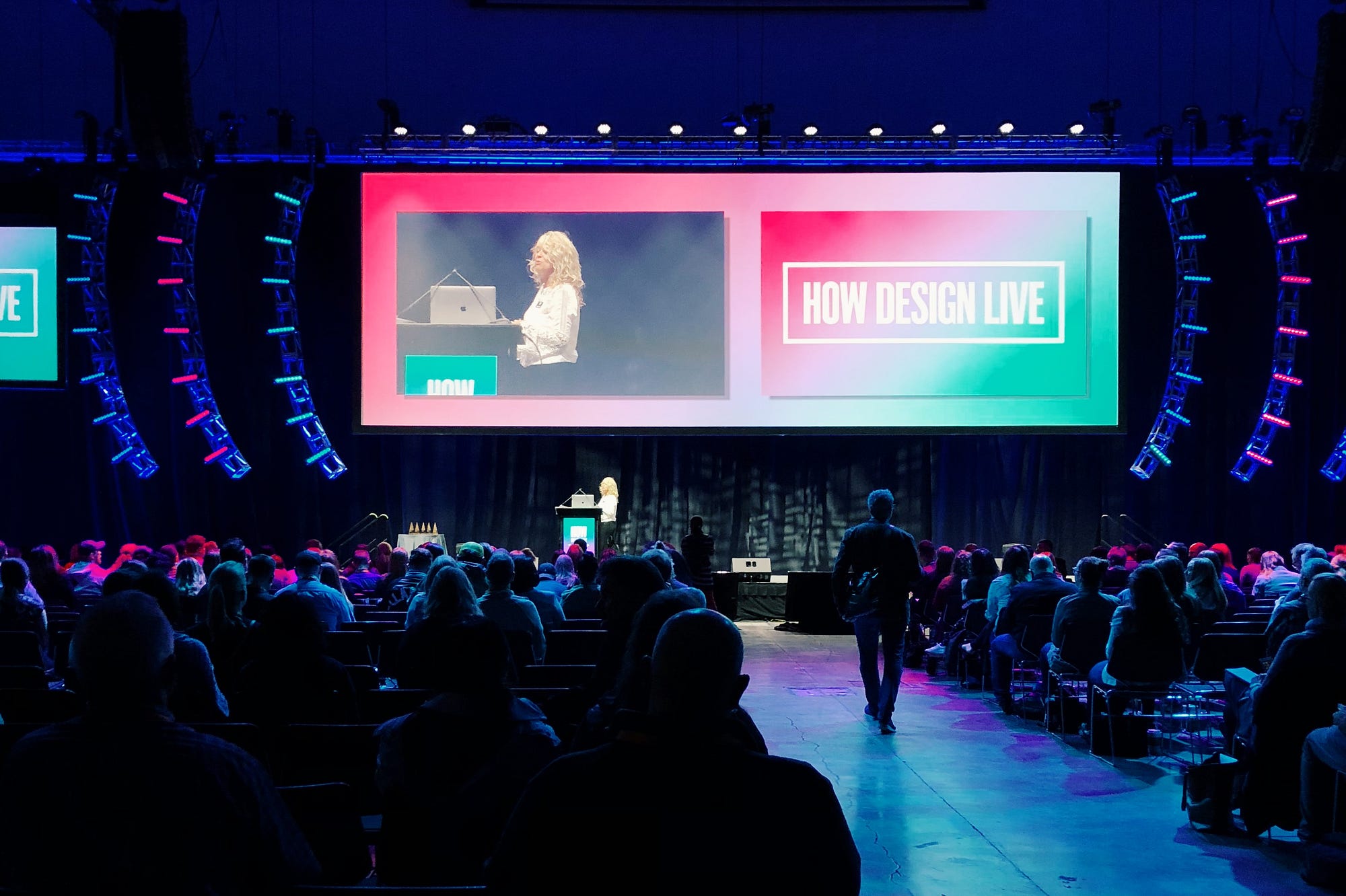
This week we joined creative professionals for a jam-packed two days of learning and connecting at HOW Design Live 2018 in Boston, MA. Here are five and a half learnings we took away from the conference:
1. We still carry the 20th century tropes and truisms of design
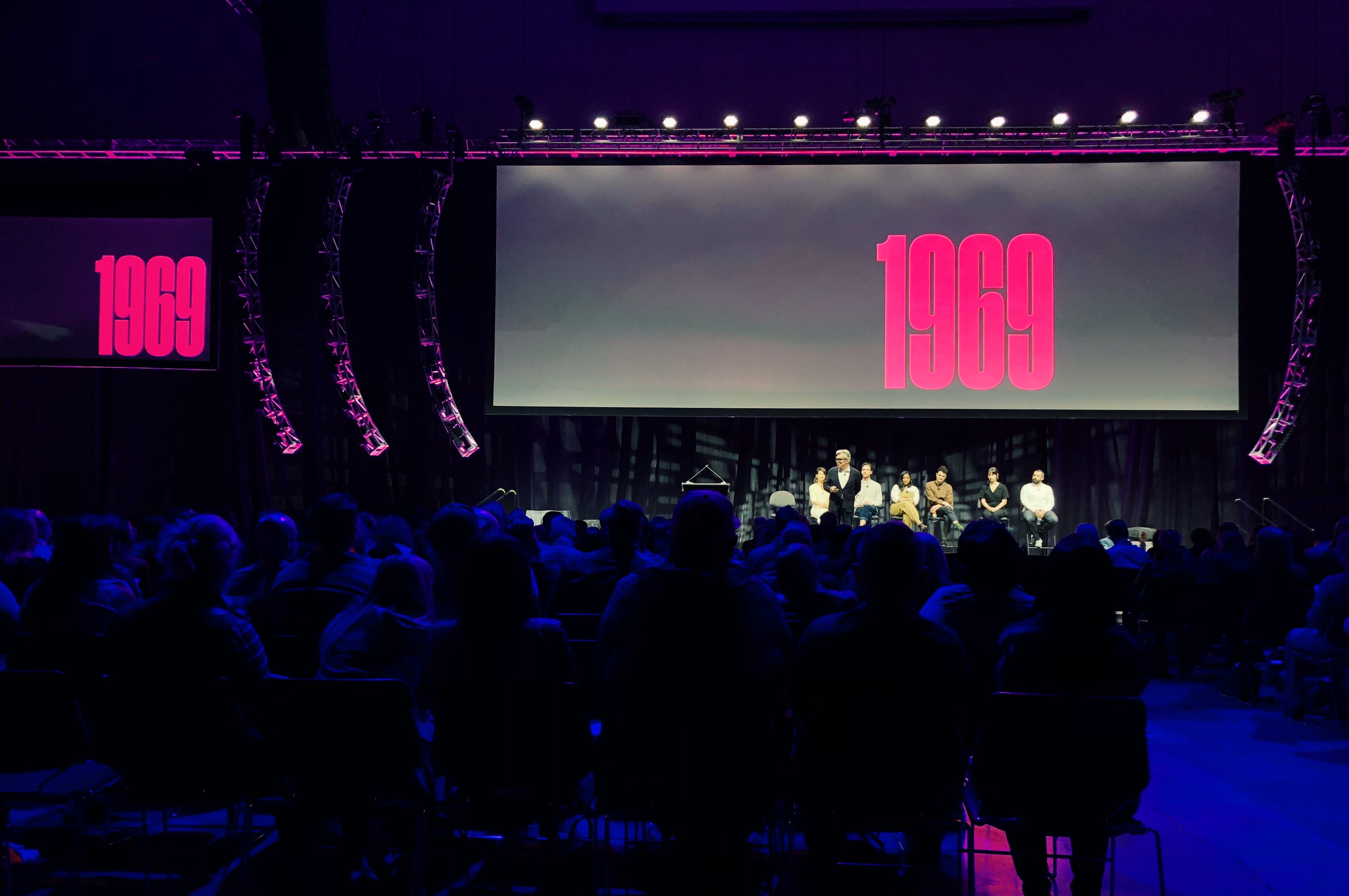
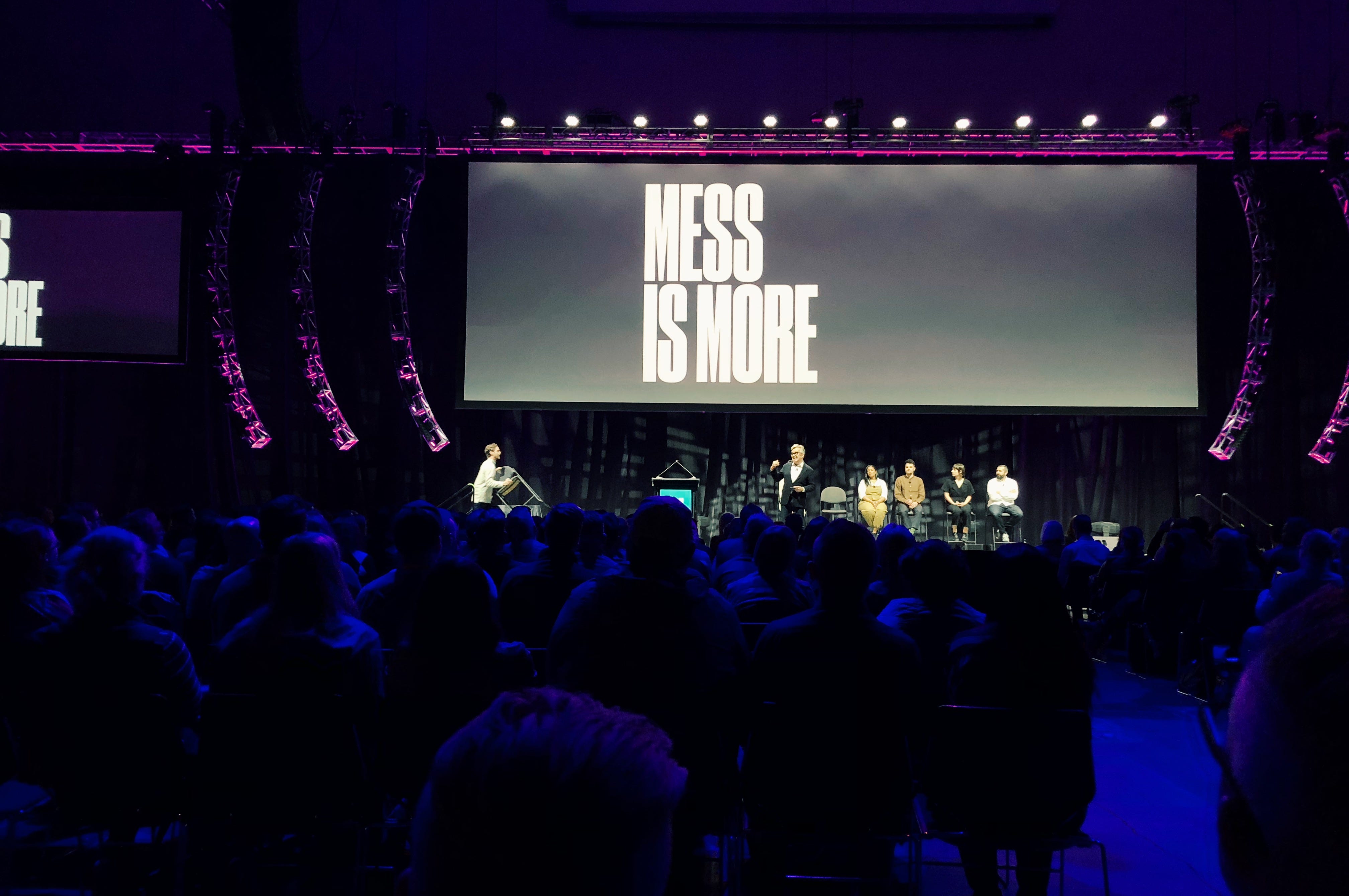
COLLINS Co-Founder Brian Collins is known for delivering dramatic, powerful keynotes every year at HOW. This time his highly anticipated talk titled "Into The Unknown" opened with much fanfare — quite literally. A live violin solo reverberated throughout the auditorium as the big screen projected close-ups of the Apollo 11 rocket launch in 1969. He waxed eloquent on the significance of that moment; the rocket carrying American astronauts to the Moon had charted a new course in history, changing everything thereafter and thrusting us into an unknown yet exciting future.
More importantly, John F. Kennedy succeeded in reframing — or in brand-speak, repositioning — the space race as a universal undertaking: "One of the great adventures of all time." As a result, the United States' moonlanding effort went from a response to a Soviet threat to a vision for mankind, from race to quest, from chasing victory to desire for discovery. Collins then illustrated how JFK's space strategy manifested in wider culture, from futuristic television sets to spaceship-like crockpots.
The keynote served as a reminder that design is in dire need of "repositioning," because we continue to carry the tropes and truisms of design from the 20thcentury. Collins urged designers to think of their craft as one that rewards curiosity, imagination and serendipity over rationality, efficiency and discipline. The industry, he reckons, must go from problem-solving to problem-seeking, from "form follows function" to "form follows fantasy," from "less is more" to "mess is more."
The talk ended on a grand note with a live orchestral performance of Aaron Copland's Fanfare for the Common Man — a 1942 piece inspired in part by then-Vice President Henry A. Wallace, who proclaimed the dawning of the "Century of the Common Man".
2. Experience design can save advertising by using the brand itself as the interface
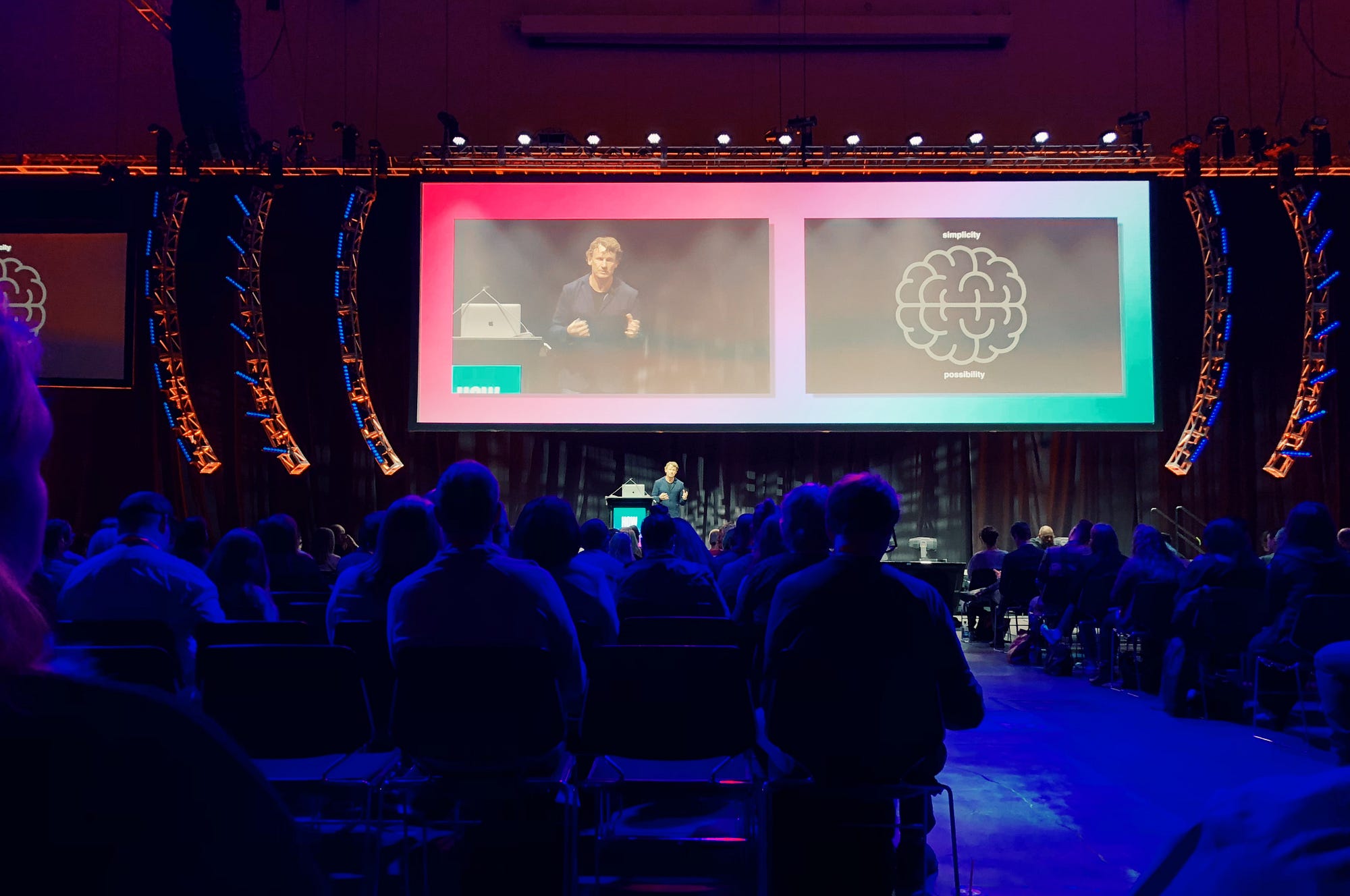
Publicis Groupe Chief Creative Officer and Publicis Communications President Nick Law took us through his professional journey at R/GA as global CCO. He expanded on how information architecture eventually became regarded as experience design during his tenure there.
Be it art or copy, visual design or interactive design, each department at the agency fulfills its independent purpose. Where narrative champions simplicity, design reveals possibilities. If time is narrative's canvas, space is design's. While agencies usually keep design and narrative teams in their separate lanes, there's an increasing need for today's processes to be more fluid. Law stressed the importance of creating interfaces for "new economy clients" that live at the intersection of narrative and design, stories and systems, message and behavior. In a digital audience-first age, a brand could benefit from becoming the very interface it's using to reach customers.
3. Introverted leaders have a lot to offer the world
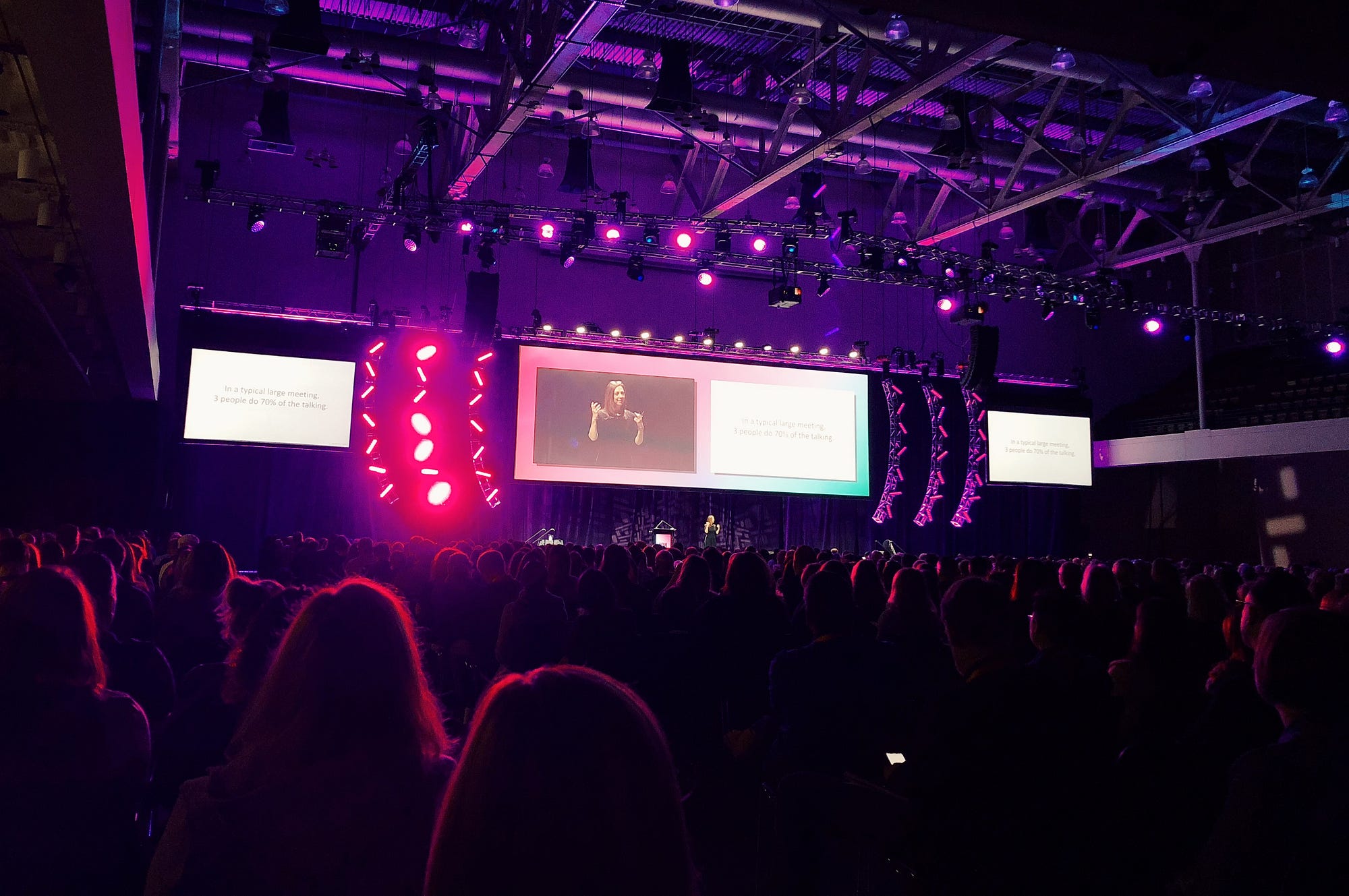
Quiet Revolution Co-Founder and bestselling author Susan Cain dove deep into the fundamentals of social dynamics. In a typical large meeting, only 3 people do 70% of the talking. How might businesses harness the strengths of their employees in a way that allows the best ideas instead of the loudest voices to dominate? Cain advised introverts in the audience to prepare in advance for meetings and speak early on to make a stronger impression.
She also encourages introverts in positions of power to speak up about their quiet side and groom an "unlikely leader". Through original research findings in neuroscience and psychology, she made the case for introverted leaders and how organizations can help to promote their growth instead of forcing them to act like extroverts. There is no one one-size-fits-all model for creative leadership, and introverts should develop their leadership strategies to suit their temperaments.
4. Designers must demand human data to recount real stories

Meena Kothandaraman is a founding member and experience strategist at twig+fish, a two-person human-centered research practice. Her breakout session titled "Supporting Design: Using Research to Inspire Designers" was about how qualitative research — a complex practice that embraces the abstract and ambiguous — can truly inspire design teams when applied credibly.
Kothandaraman also asserts that while it's imperative for designers and researchers to work together, one shouldn't be expected to do the work of the other. Researchers seek to learn, while designers seek to create. When the designer's process is weighed down by research studies, the work suffers. Tight deadlines, templatized layouts, and briefs lacking context are all negative triggers for designers and can make design feel like a mandate.
Qualitative research is often deprioritized or omitted from business processes because it is considered ambiguous and intangible. But Kothandaraman believes that great research anchors us in human stories by exposing raw emotion, draws analogous connections by looking outside the category and deconstructs the obvious.
5. Corporate branding campaigns will soon resemble political campaigns
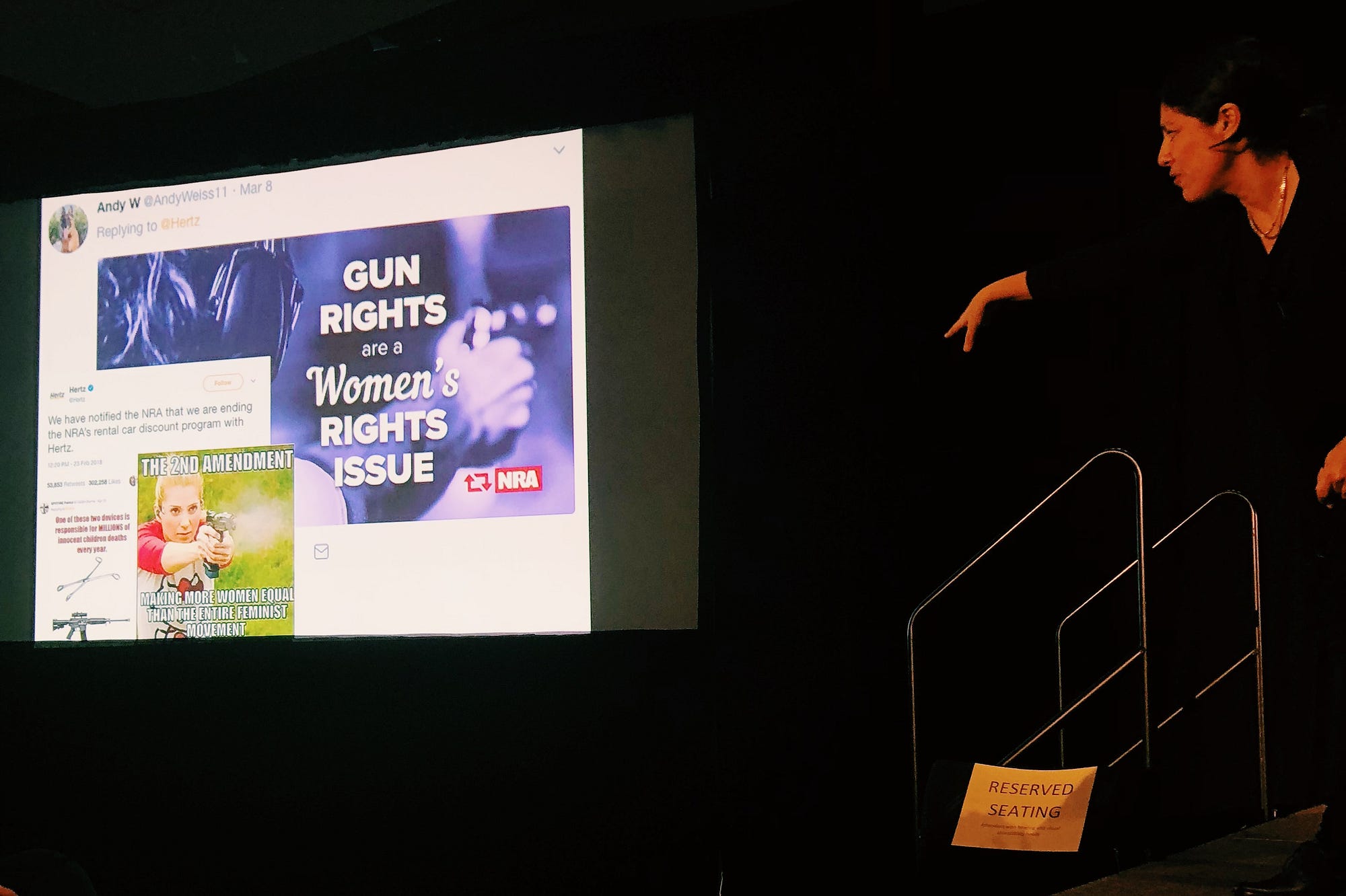
Harmony Labs Cultural Analyst and Strategist Sem Devillart began her breakout session titled "Branding in an Age of Information War" with an explosive video, showing National Rifle Association members blowing up their expensive YETI coolers after the brand severed ties with the NRA and cancelled all member discounts. Hyperpartisan consumerism is on the rise as shoppers increasingly look at brands through the optics of red and blue.
Referring to a New York Times article, Devillart predicted that if "our newest culture warriors are activist CEOs," brands will be the new politicians. Brands will have to feverishly follow the issues of the day because their stock prices will shift in tandem with the real-time news cycle. She immersed us in the world of information warfare by introducing us to niche online phenomena seeping into mainstream culture. Those include 4chan (an anonymous Reddit-like community with a disdain for political correctness), the Operation Mermaid Starbucks trolling episode, threadjacking and deepfakes.
She ended the talk on a provocative note, positing that "if information warfare means the end of truth and reality as we know it, what does it mean for branding, which relies on our shared sense of reality?"
5.5. The agency of the future is here
We envision that the agency of the future takes the best of all these talks and puts them into action. It acknowledges the evolving role of design, combines the power of stories and systems, ensures all personality types a voice in the workplace, values real human stories over data-crunching and maintains cultural relevance by keeping up with a fast-changing world.
In the spirit of representation, we were conscious about which speakers we chose to write about. Nevertheless the speaker demographic at HOW Design Live 2018 did not necessarily reflect this spirit — roughly 85% of the speakers were Caucasian. The plain fact is, demographic diversity and a culture of inclusion has long been a serious point of contention in the design profession. As an industry that continues to promote better representation, we need to actively address cultural barriers and build diversity into our organizational processes. As AIGA Diversity & Inclusion emerita Antoinette Carroll rightly puts, "Diversity in design means diversity of experience, perspective and creativity — otherwise known as diversity of thought."
This post was written by ThoughtMatter Cultural Strategist Shivani Gorle. ThoughtMatter is a creative branding, design and strategy studio in New York City's Flatiron District. Find us on Twitter .
How Design Live 2018 App
Source: https://medium.com/thoughtmatter/how-design-live-2018-highlights-3611208f3e3
Posted by: wyantposeed.blogspot.com

0 Response to "How Design Live 2018 App"
Post a Comment